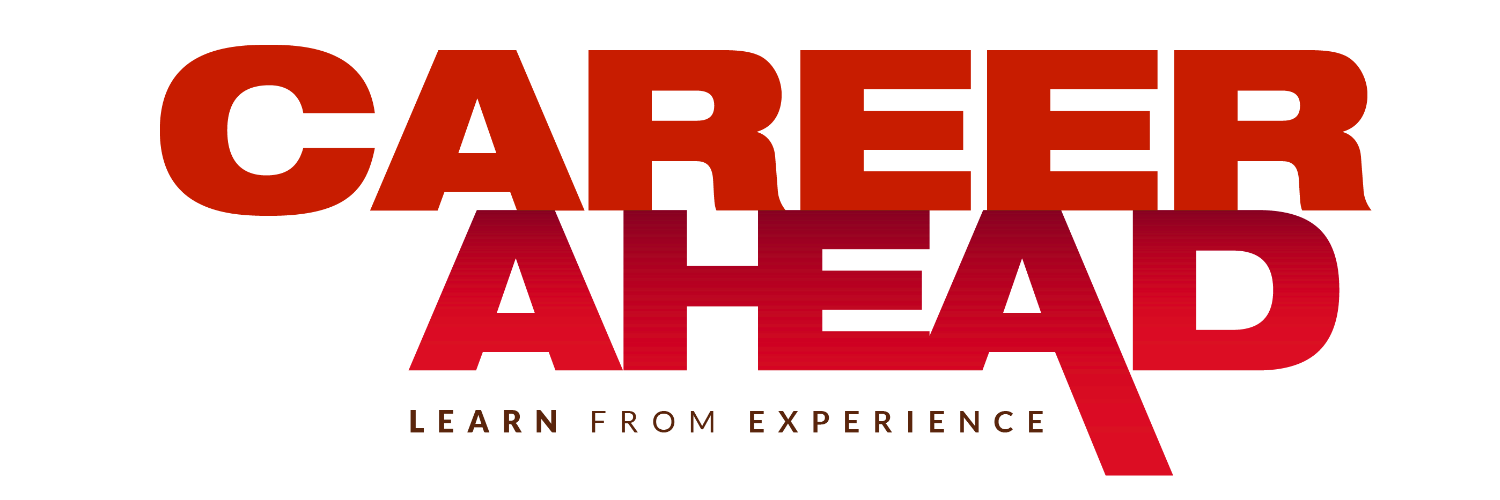No products in the cart.
Wildlife Photography – An Alternative Path to Professional Fulfillment
I often don’t know how to talk about what I ‘do’ – at different points of my life, I have been a writer, an editor, a wildlife photographer, a short documentary maker, and a digital marketer. I frequently juggle a few of these professions simultaneously.
I have had a varied career, to put it mildly. Some might even say a bit too varied to be ‘stable’. In all honesty, it’s a dilemma that I have happily embraced. Why? Because I love what I do, more than anything else in the world. And that’s not something that comes easily.
Let me state my case – not to defend my choices but to offer a perspective different from the primary one we are exposed to – in the hope that those attracted to ‘alternative’ careers can feel less timid in pursuing such careers and don’t make the same mistakes that I did.
To do this, I will turn back the clock a couple of decades.
After completing my Master’s in English Literature in 2002, I commenced on a fairly regular path for someone of my education. For almost a decade, I pursued content writing, editing, and communications roles in medium-to-large sized corporate organizations, and I did well professionally. My work was appreciated by peers and supervisors, I was promoted regularly – sometimes within an organization and sometimes by jumping ship. That said, I was never really satisfied. I was beginning to strongly feel what is now commonly known as the urge to express oneself in what one does for a living. I knew that I would not be able to sustain this.
I gave up a flourishing communications career in 2015 and, not really knowing what direction to take, I embarked on a journey as a freelance professional. The need to express burgeoned relentlessly and with it resurfaced a childhood appreciation for the natural world. And that is when I picked up a DSLR for the very first time. Struggling to find a niche in the world of content creation, I would often go to the nearby Okhla Bird Sanctuary to get away from it all and practice my photography skills.
Little did know then that nature and photography would soon take over my life – and I mean in the best way possible.

In 2017, Canada happened. The decision to move was an easy one (I wanted to be closer to my 4 year-old son, who had left with my ex-wife) and the immigration process was even simpler. Contrary to popular opinion, I decided to not go with an immigration lawyer/expert; instructions on the Canadian immigration website were very easy to follow and the steps were clearly outlined. The only thing that required serious effort was procuring the necessary documents – transcripts from university, letters from past employers, and so forth.
Moving to Canada was the easy part, however. For the next year, I struggled to re-establish myself as a full-time content professional. First, I was out of touch and out of practice. Second, becoming a corporate slave again was a dreary proposition. Third, my photography was growing by leaps and bounds as I explored the vast expanses and amazing wildlife that Canada had to offer. To support myself, I eventually worked with a furniture company in their factory and later in their customer care department. The good thing about this arrangement was that I had plenty of time to go out and take pictures, and I eventually landed a freelance gig as a portrait photographer with Photos Unlimited.
In mid-2018, I met a biologist who heard me out and advised that I enroll in Fleming College’s Environmental Visual Communication (EVC) program. This truly unique program is placed at the cusp of science and art – it teaches students the skills to communicate effectively about science and the environment through videography, photography, social media and campaign management.
I realized that this is exactly what I needed to give structure to my desperate need to express artistically. Most of all, the prospect of being able to use art to create positive change and help conserve endangered habitats and species was too tantalizing to let go.

Before I embarked on this 8-month-long Ontario Graduate Certificate program – I considered other options as well, including a Master’s in Environmental Education. For someone with my experience and inclinations, EVC turned out to be the most suitable option. Not only did it allow an Arts student such as myself to enter a field that is usually reserved for biology majors, it actually drew upon the skills I had learnt during my decade-long career and built upon them by adding a strong visual element. For someone seeking a stronger theoretical base in environment-related issues, I recommend opting for a degree program. EVC is all about building skills needed to communicate about environmental issues, with a strong focus on the visual side. Apart from learning how to use advanced audio-visual equipment and accompanying software, the program also focuses on storytelling for diverse audiences and campaign management.
Since completing EVC, I have had the opportunity to work for a number of Canadian environmental organizations as a short documentary maker and photographer, notably Birds Canada and The Atmospheric Fund. I have also taught photography at a few workshops. While I have been happy to expand my repertoire and work with scientists, climate change experts, ornithologists, arborists, and the like; being around wildlife is what has given me the most joy. EVC also made me competent at using social media for business purposes, and I have used these skills to promote and sell my own wildlife photography through online channels such as Etsy and my own website. My work has been widely appreciated and I have been invited to do exhibitions as well.
With Covid-19 having hit hard in 2020, career options in the field of conservation have been limited. Nevertheless, as we increasingly realize that as a species we stand on the brink of several environmental crises, communication about environmental issues is now a vital profession and a viable career option. Scientists and science organisations have also begun to realise that tackling these issues cannot be done in silos by “experts” – everyone needs to be involved and that is where visual communication comes in.
From a personal perspective, it has been a long journey for me – from the Himalayan peaks and jungles of India to the Boreal and Carolinian forests of Ontario. Now, as a wildlife photographer and as an environmental communicator, the path ahead for me is very clear. Not only do I wish keep creating art that reveals the immense beauty of the world we live in, I also wish to be an advocate for environmental justice and tell stories of the marvelous creatures that co-habit the planet with us.
- The article was originally published in Career Ahead January 2021 issue.
Author
-
A photographer, documentary maker and writer, Ankur Khurana is passionate about conservation and seeks to capture the wild side of our planet through his visuals. He is an accomplished writer and editor and regularly takes on assignments for the United Nations organization UNESCO MGIEP. On a personal note, Ankur is an ardent fitness enthusiast, loves spending time with his son and is passionate about music.
View all posts











